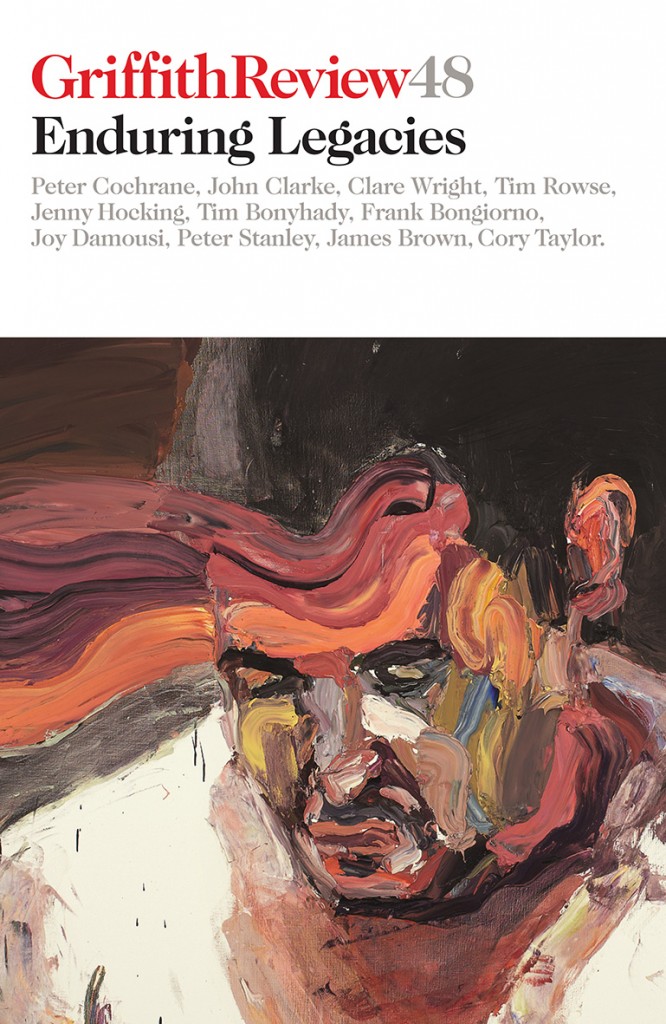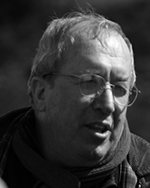Featured in

- Published 20150505
- ISBN: 9781922182807
- Extent: 264 pp
- Paperback (234 x 153mm), eBook

Already a subscriber? Sign in here
If you are an educator or student wishing to access content for study purposes please contact us at griffithreview@griffith.edu.au
Share article
About the author

Christopher Pugsley
Christopher Pugsley, ONZM, FRHistS, is a former New Zealand army officer, a freelance historian and the author of eighteen books. His book Gallipoli: The...
More from this edition

What was lost
EssayDURING THE CENTENARY commemorations of the Great War, it will no doubt be frequently asserted that the conflict ‘made’ Australia (in a positive sense)...

Dangers and revelations
EssayFOR INDIGENOUS AUSTRALIANS, experience of the Second World War went beyond service in combat roles. Consider the Davis brothers in Western Australia: as Jack...

Barrier thinking
EssayIN VIETNAM, MINES accounted for half of the Second Battalion, Royal Australian Regiment (2RAR) soldiers killed in action. Two of those killed on mines...